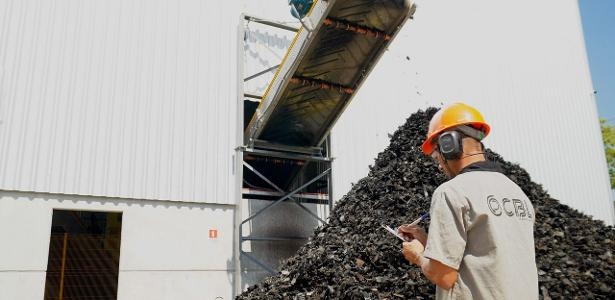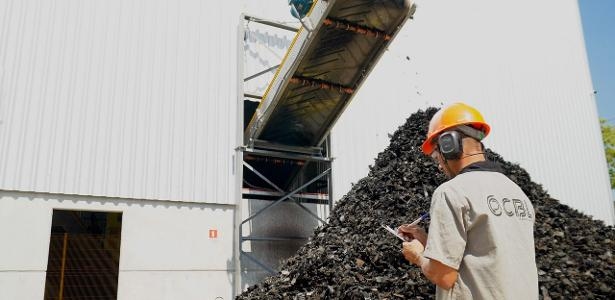Transformed into new products, old tires boost the circular economy.

"Co-processing brings benefits on two fronts. First, it prevents tires from being sent to landfills or disposed of improperly, reducing the risk of contamination and the spread of diseases such as dengue, Zika, and chikungunya. Second, it helps with decarbonization by reducing the use of fossil fuels and, consequently, CO2 emissions," says Eduardo Porciuncula, general manager of Verdera.
With the capacity to process 1,500 tons of unusable tires per month, the new unit will be the first in Brazil dedicated exclusively to the production of CP45, a rubber chip, as the fragments resulting from tire shredding are called, measuring 45 mm. The conventional chip is 70 mm.
"Because of its smaller size, this chip allows for the processing of more unusable tires in cement kilns, which expands the replacement of fossil fuels. With less steel in its composition, the CP45 also generates more heat, makes better use of the tire's energy potential, and increases the efficiency of the process," explains Renata Murad, operations director of the CBL Group.
Numerous usesOnce collected at recycling points in Cuiabá, the unusable tires are taken to the Verdera and CBL shredding unit, which was built next to the Votorantim Cimentos cement factory — practically within the same industrial park where the alternative fuel will be used.
There, the tires go through four stages: two of shredding, one of screening, and one of separation. In the final stage, the metals present in the tire structure, which are not used in co-processing, are extracted and sent for recycling in the steel industry.
uol





![<![CDATA[ "A saúde não pode continuar a ser uma máquina de destruir Governos" ]]>](/_next/image?url=https%3A%2F%2Fcdn.cmjornal.pt%2Fimages%2F2025-11%2Fimg_153x153uu2025-11-02-16-48-40-2244987.jpg&w=3840&q=100)